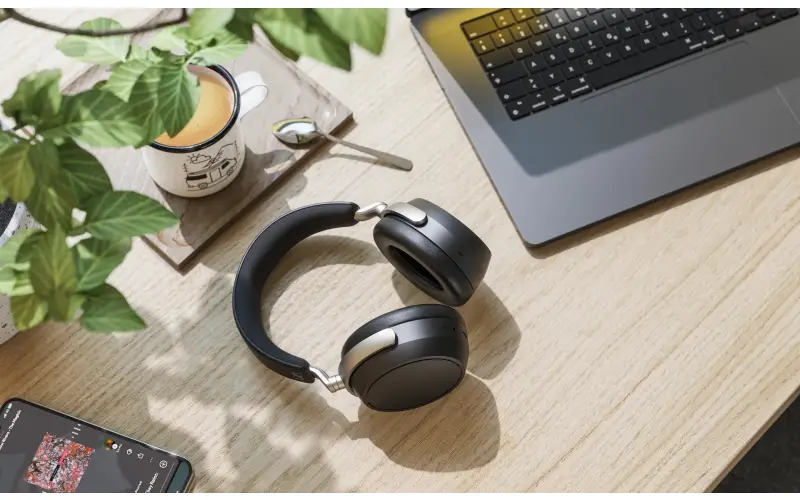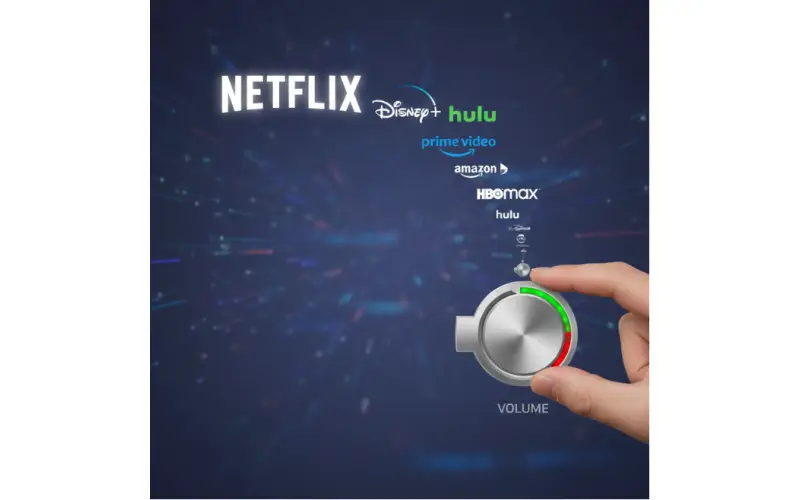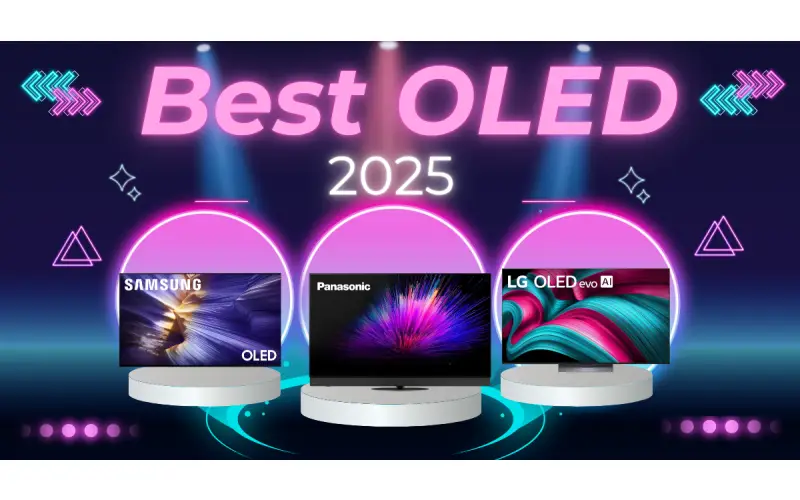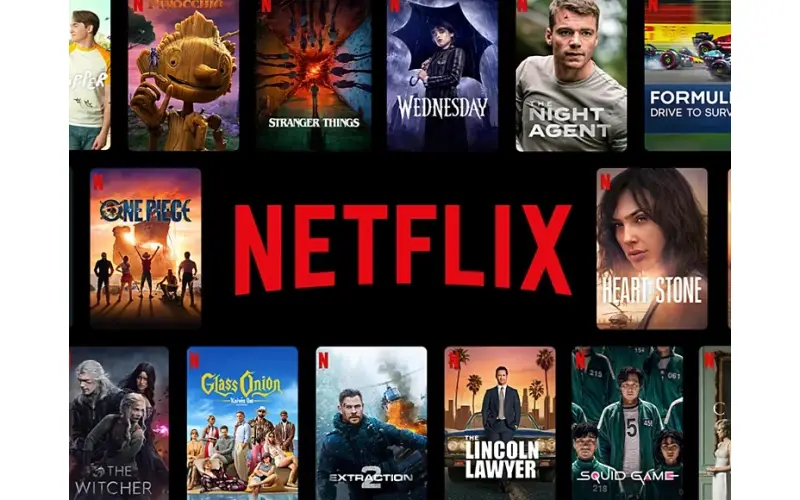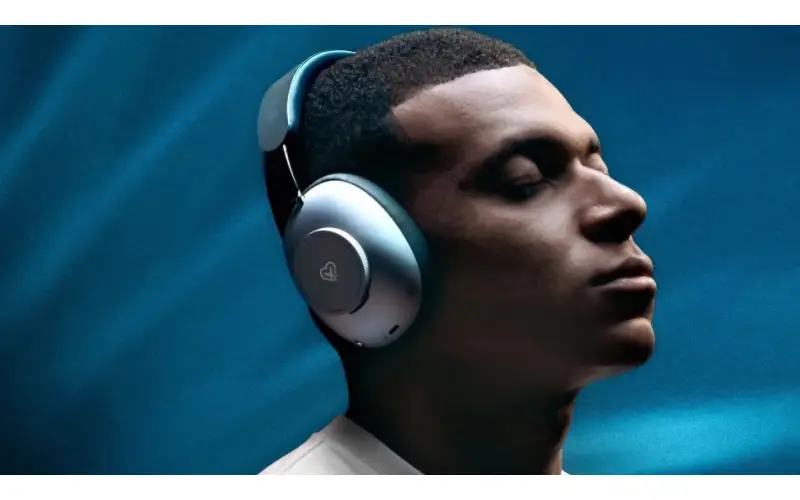By: CE Critic
Key Takeaways
- Netflix is exploring an HDR toggle for its Android app, allowing users to switch between HDR and SDR.
- This move could address HDR playback issues on devices like the Galaxy S24 and cater to diverse user preferences.
- SDR offers advantages in data and power consumption, making it a viable alternative in certain scenarios.
- The HDR toggle raises questions about the technology's maturity and its compatibility with mobile devices.
- While HDR streaming has improved, Blu-ray often remains the benchmark for picture quality.
- Netflix's decision reflects a user-centric approach, acknowledging the complexities and limitations of HDR.
High Dynamic Range (HDR) video promises a visual feast with its enhanced brightness, contrast, and wider color gamut. Yet, for all its potential, HDR remains a challenge for streaming services like Netflix to consistently deliver. The situation is so nuanced that even flagship Android phones like the Samsung Galaxy S24, while boasting HDR capabilities, often struggle with poor reproduction. This has led Netflix to explore an intriguing solution: an HDR toggle in its Android app.
The Galaxy S24's HDR Woes
The Galaxy S24 series, while impressive in many respects, has been plagued by display issues, particularly when handling HDR content. Users have reported washed-out colors, dimmed highlights, and difficulty discerning details in dark scenes. This is a significant drawback, as HDR's allure lies in its ability to render those very details.
Netflix's proposed toggle, discovered in a recent beta version of its Android app, could offer a welcome reprieve. By allowing users to switch to Standard Dynamic Range (SDR), they can potentially bypass the Galaxy S24's HDR shortcomings and enjoy a more consistent viewing experience.
SDR: A Viable Alternative?
The benefits of SDR extend beyond addressing hardware limitations. SDR streams consume less data and power, making them a practical choice for users with limited bandwidth or battery life. Additionally, the jury is still out on whether HDR's dynamic range benefits consistently outweigh the challenges of color grading outside professional cinematic environments.
Renowned YouTube creators like Linus Sebastian of Linus Tech Tips have openly discussed the difficulties of shooting HDR video, highlighting the technical complexities and potential drawbacks. This raises the question: is HDR always the best choice, or is SDR a viable alternative, especially on mobile devices?
Netflix's Gamble: A User-Centric Approach?
Netflix's decision to experiment with an HDR toggle suggests a user-centric approach, acknowledging that HDR isn't a one-size-fits-all solution. By offering users the choice between HDR and SDR, Netflix could cater to diverse preferences and hardware capabilities.
However, this move also raises questions about the maturity of HDR technology. If even flagship phones struggle with HDR, is the technology truly ready for mainstream adoption? Or are streaming services pushing HDR content before devices can reliably handle it?
HDR vs. Blu-ray: The Quality Debate
This brings us to another contentious issue: the comparison between HDR streaming and Blu-ray discs. While HDR streaming has made significant strides, Blu-ray often remains the gold standard for picture quality. This is due in part to the limitations of streaming bandwidth and compression algorithms, which can compromise HDR's full potential.
Netflix's toggle could bridge this gap by allowing users to opt for SDR when streaming on bandwidth-constrained connections or devices with subpar HDR displays. This could ensure a smoother, more consistent viewing experience, even if it sacrifices some of HDR's visual flair.
The Road Ahead: A Balancing Act
Netflix's HDR toggle is a fascinating development, but it's just one piece of the puzzle. The streaming giant, along with its competitors, faces a delicate balancing act. They must continue to push the boundaries of video quality while ensuring their content is accessible and enjoyable across a wide range of devices and viewing conditions.
The HDR toggle could be a step in the right direction, offering users more control and flexibility. However, it's not a panacea. Addressing the fundamental challenges of HDR—from hardware limitations to bandwidth constraints—will require ongoing innovation and collaboration across the industry.
In the meantime, users can take solace in the fact that they may soon have a choice. Whether to embrace the vibrant world of HDR or stick with the tried-and-true SDR will be a personal decision, one that Netflix seems increasingly willing to accommodate.
Conclusion
The future of HDR streaming remains uncertain, but one thing is clear: user choice will play a crucial role in shaping its evolution. Whether Netflix's toggle becomes a standard feature or a niche option remains to be seen. But it's a sign that the streaming giant is listening to its users and willing to adapt to their needs.
As technology continues to advance, we can expect further refinements in HDR streaming, bringing us closer to the ultimate goal: a truly immersive viewing experience that's accessible to everyone, regardless of their device or viewing environment.

